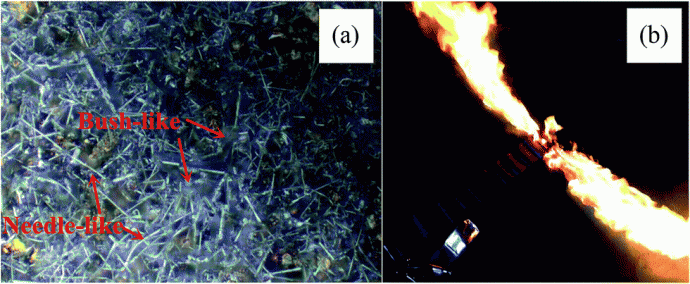
Using metallic lithium as the negative electrode in a battery has the potential to boost the battery’s performance by increasing the amount of charge it can store.
The team, based at the University of Waterloo in Ontario Province, has devised a method to get around two problems that have, until now, held back the development of metallic lithium batteries; corrosion of the electrode, which reduces the battery life, and development if microscopic whiskers of metal called dendrites caused by repeated charge-discharge cycles, which can lead to the risk of fires and explosions.
In a paper published in the journal Joule, the team explains that adding a phosphous sulphide (P2S5) to the battery’s electrolyte creates a thin film of a glassy protective compound, lithium sulphide (Li2S6) on the electrode which prevents both phenomena. This happens spontaneously inside an already-assembled cell, they add.
"We wanted a simple, scalable way to protect the lithium metal," said team leader Quanquan Pang, who completed his PhD at Waterloo and is now a postdoc at MIT. “With this solution, we just add the compound and it works by itself."
The increased energy density of the cells compared with standard lithium ion technology would increase typical electric vehicle range from some 200km on a single charge to around 600km, the team claims.




Report highlights significant impact of manufacturing on UK economy
I am not convinced that the High Value Manufacturing Centres do anything to improve the manufacturing processes - more to help produce products (using...